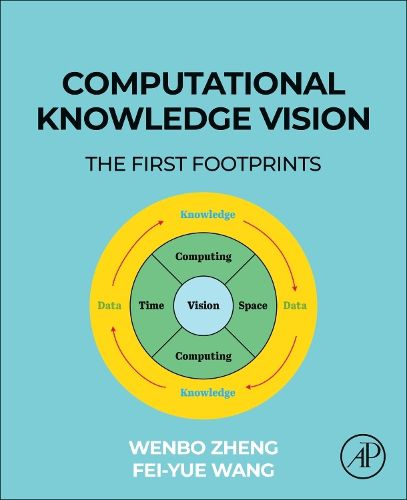Readings Newsletter
Become a Readings Member to make your shopping experience even easier.
Sign in or sign up for free!
You’re not far away from qualifying for FREE standard shipping within Australia
You’ve qualified for FREE standard shipping within Australia
The cart is loading…






Computational Knowledge Vision: The First Footprints presents a novel, advanced framework which combines structuralized knowledge and visual models. In advanced image and visual perception studies, a visual model's understanding and reasoning ability often determines whether it works well in complex scenarios. This book presents state-of-the-art mainstream vision models for visual perception. As computer vision is one of the key gateways to artificial intelligence and a significant component of modern intelligent systems, this book delves into computer vision systems that are highly specialized and very limited in their ability to do visual reasoning and causal inference.
Questions naturally arise in this arena, including (1) How can human knowledge be incorporated with visual models? (2) How does human knowledge promote the performance of visual models? To address these problems, this book proposes a new framework for computer vision-computational knowledge vision.
$9.00 standard shipping within Australia
FREE standard shipping within Australia for orders over $100.00
Express & International shipping calculated at checkout
Computational Knowledge Vision: The First Footprints presents a novel, advanced framework which combines structuralized knowledge and visual models. In advanced image and visual perception studies, a visual model's understanding and reasoning ability often determines whether it works well in complex scenarios. This book presents state-of-the-art mainstream vision models for visual perception. As computer vision is one of the key gateways to artificial intelligence and a significant component of modern intelligent systems, this book delves into computer vision systems that are highly specialized and very limited in their ability to do visual reasoning and causal inference.
Questions naturally arise in this arena, including (1) How can human knowledge be incorporated with visual models? (2) How does human knowledge promote the performance of visual models? To address these problems, this book proposes a new framework for computer vision-computational knowledge vision.